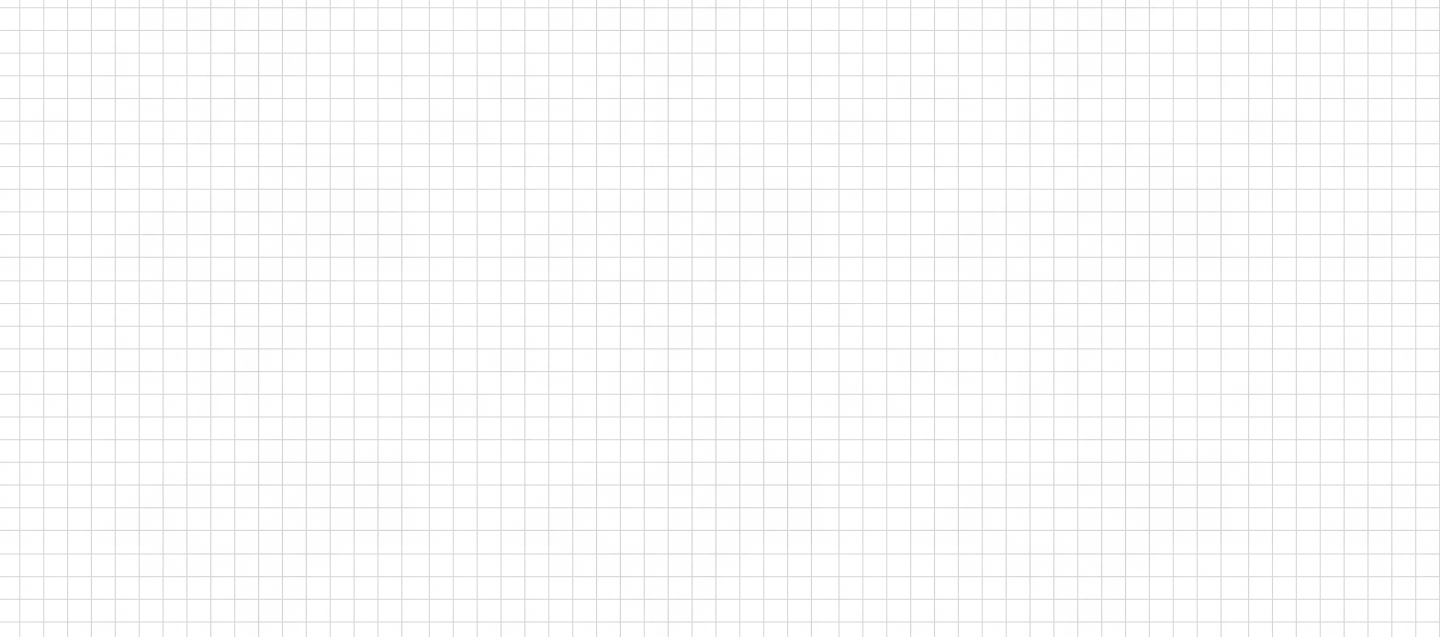Demonstrative, Possessive and Interrogative Adjectives
Grammar Practice
Demonstrative, possessive and interrogative adjectives help to clarify which particular object or person we are referring to. Here are some ways they can be used:
Demonstrative Adjectives | Possessive Adjectives | Interrogative Adjectives | ||
|---|---|---|---|---|
Function | Indicate a particular person or thing | Indicate who or what something belongs to | Modify a noun or pronoun to ask a question | |
Examples | These, this, that, those | My, your, mine, his, her, our, their, its | Which, what, whose | |
In a sentence | I won that new phone in a lucky draw. | She left her phone on the table earlier. | What model was your first phone? | |
Tip! | Demonstrative adjectives often come before all other adjectives in a phrase. | Possessive adjectives are often placed in front of the nouns they modify. | ‘What’ is used when the question is open-ended. ‘Which’ is used when the question offers specific options. ‘Whose is used when the answer to the question is a person. | |

